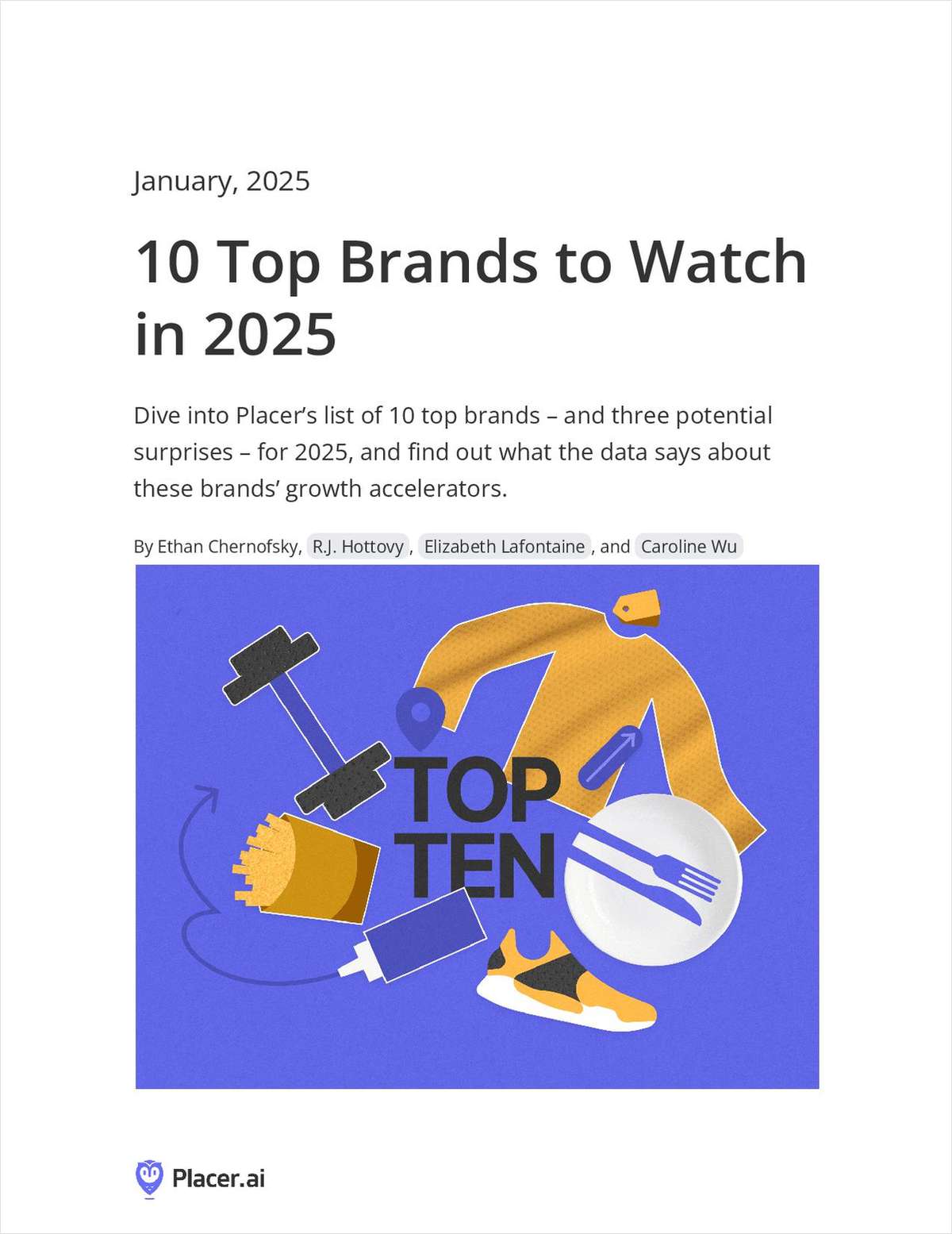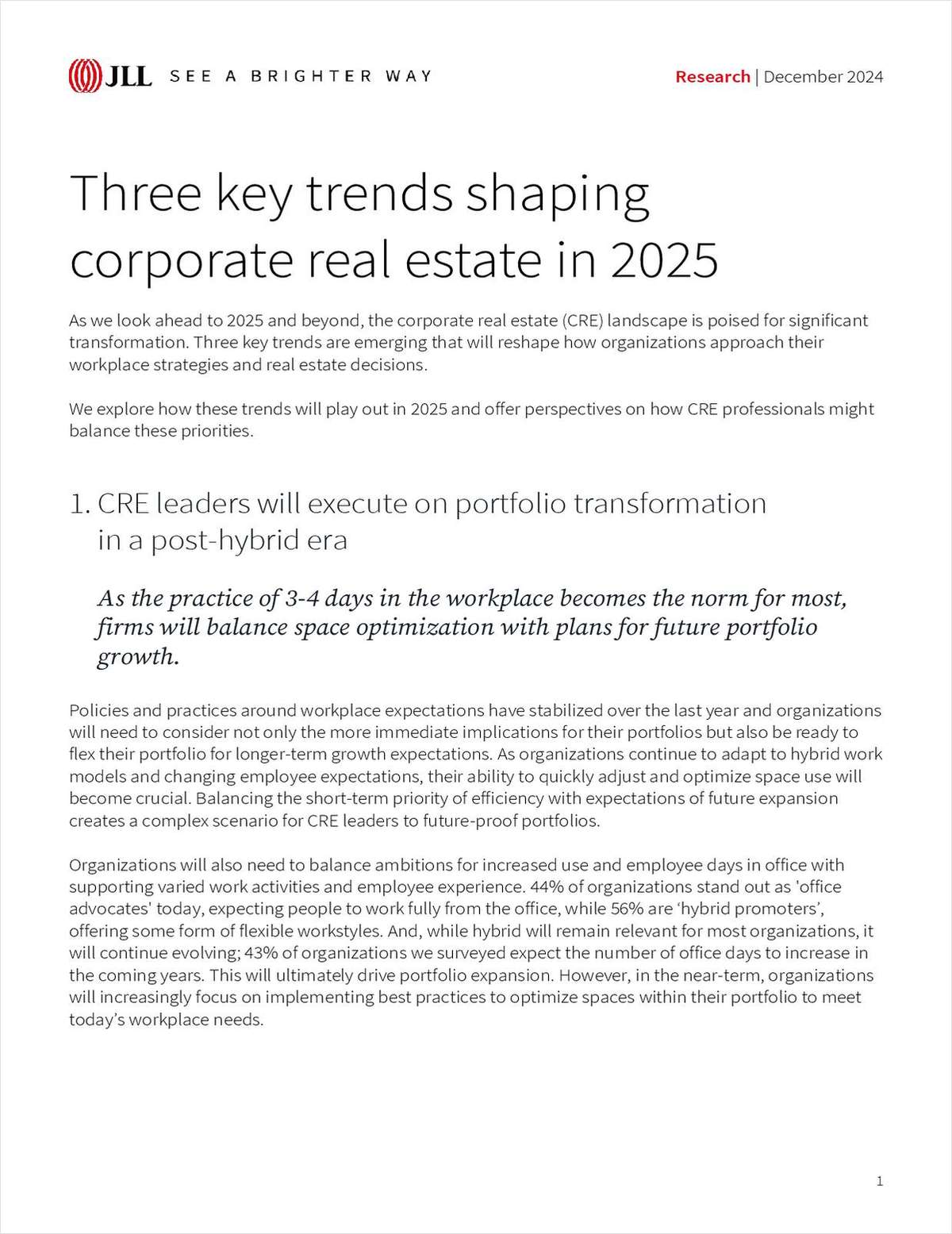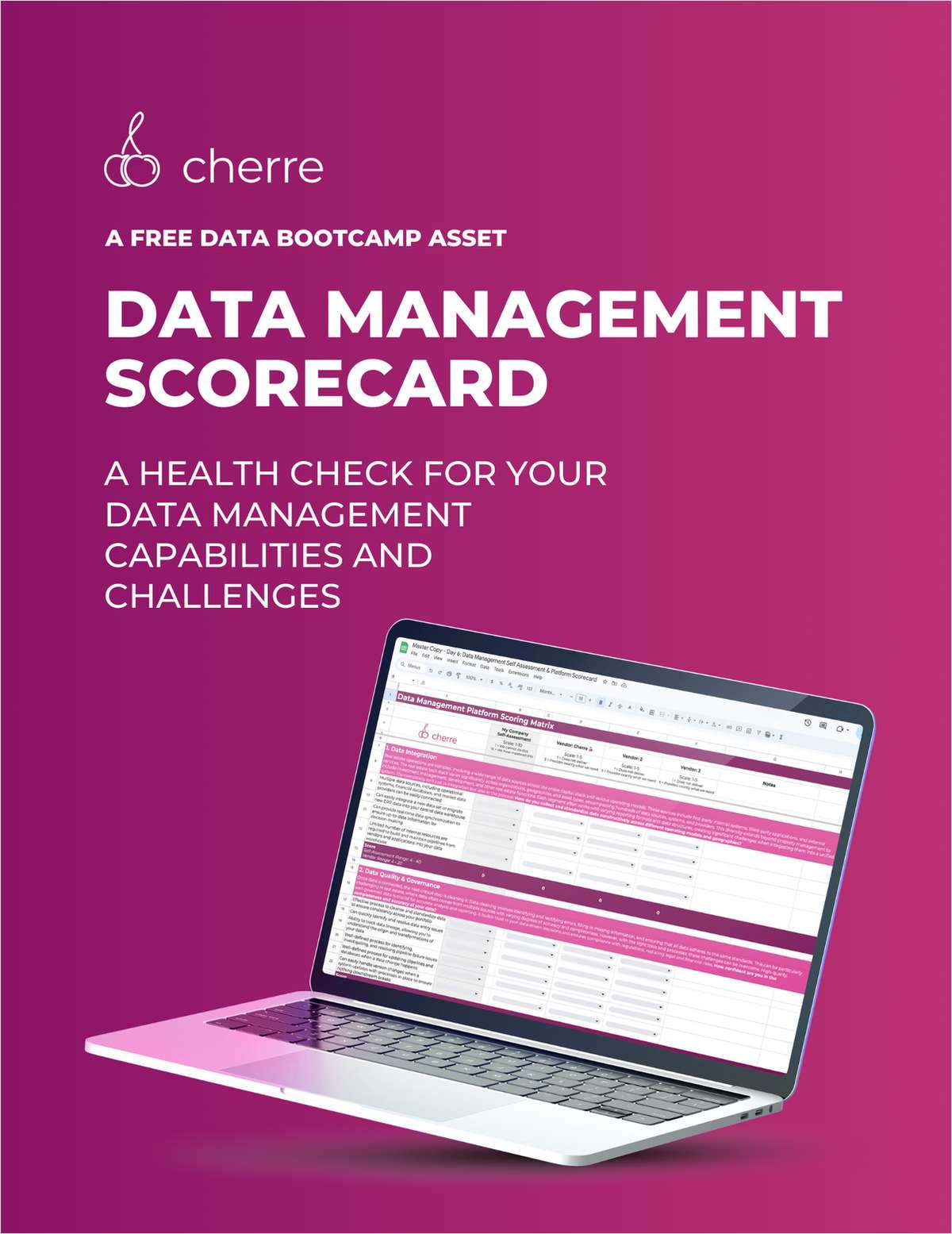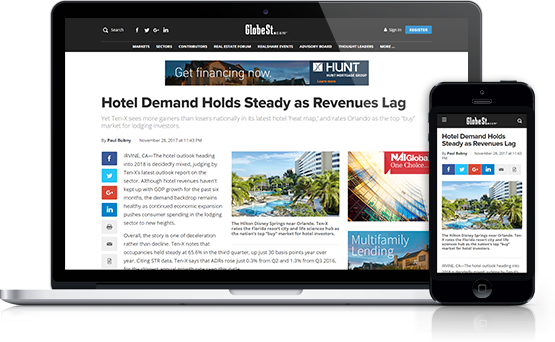NEW YORK CITY—In an allusion to HBO's Game of Thrones, with its tagline “winter is coming,” Cushman & Wakefield's Ken McCarthy says that “Fed Time is coming.” The expression "Fed Time," which dates from an earlier, more secretive era of the Federal Reserve, doesn't refer to a prison sentence, but to the Fed's daily announcement of its trading activity.
At the moment, the industry is waiting on a farther-reaching communication from the Fed than its purchases or sales for a given day. “Commercial real estate is facing the first interest increase in nearly a decade,” writes McCarthy, senior managing director and chief economist at C&W. The six-year span since the Fed last changed its interest rate policy is the longest in its history.
In a statement released at the end of its two-day meeting last week, the Fed's Federal Open Market Committee indicated indicates that the nation's central bank is likely to raise short-term interest rates at least once before the year is out. “We believe the shift to higher interest rates will begin in September,” McCarthy writes in his weekly report.
That an interest rate increase is on the horizon is not news. “The shift to higher interest rates has been anticipated for a long time and has been signaled by the FOMC in its press releases over the past year or so,” writes McCarthy. “In last week's release, the FOMC was pretty clear in its intention to raise interest rates and what will influence the timing of that move.” To wit, according to the FOMC's statement, “The committee anticipates that it will be appropriate to raise the target range for the federal funds rate when it has seen some further improvement in the labor market.”
Along with signaling the Fed's clear intention to raise rates, the statement also demonstrates “the importance of labor markets in the FOMC's decision-making process,” McCarthy writes. “This is important because over the past few weeks some of the economic data released by the US government has been softer than expected, suggesting that the initial bounce-back from the severe winter may have dissipated.”
Yet the labor markets, he notes, “remain healthy,” with the US economy continuing to add jobs at a strong pace. In the year's first half, payroll employment increased by 1.25 million jobs; if that pace is sustained, it would mark only the third time since 1999 that annual job growth has been 2.5 million or higher. Additionally, the number of current job openings is the highest since the Labor Department began keeping track in 2000.
For the commercial real estate sector, the move to higher interest rates will mark “a sea change,” McCarthy notes, bringing to an end “more than six years of easy money.” For buyers, financing costs will be higher, and although interest rates will still be low by historical standards, they will be moving higher.
However, he writes, “it is important to keep in mind that the reason for the increase is a strong labor market. More jobs mean more demand for space, particularly office space. This environment should also lead to healthy wage and income growth, which will boost consumer spending. Stronger spending growth will boost retail, industrial and hotel demand. A healthy job market should also lead to more household formations, and more demand for multifamily real estate.”
Want to continue reading?
Become a Free ALM Digital Reader.
Once you are an ALM Digital Member, you’ll receive:
- Breaking commercial real estate news and analysis, on-site and via our newsletters and custom alerts
- Educational webcasts, white papers, and ebooks from industry thought leaders
- Critical coverage of the property casualty insurance and financial advisory markets on our other ALM sites, PropertyCasualty360 and ThinkAdvisor
Already have an account? Sign In Now
*May exclude premium content© 2025 ALM Global, LLC, All Rights Reserved. Request academic re-use from www.copyright.com. All other uses, submit a request to [email protected]. For more information visit Asset & Logo Licensing.








